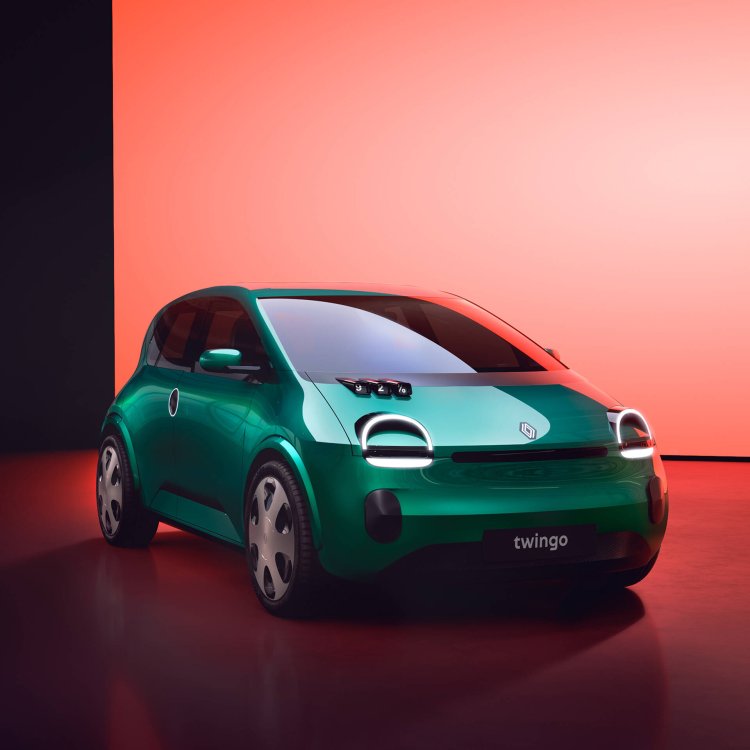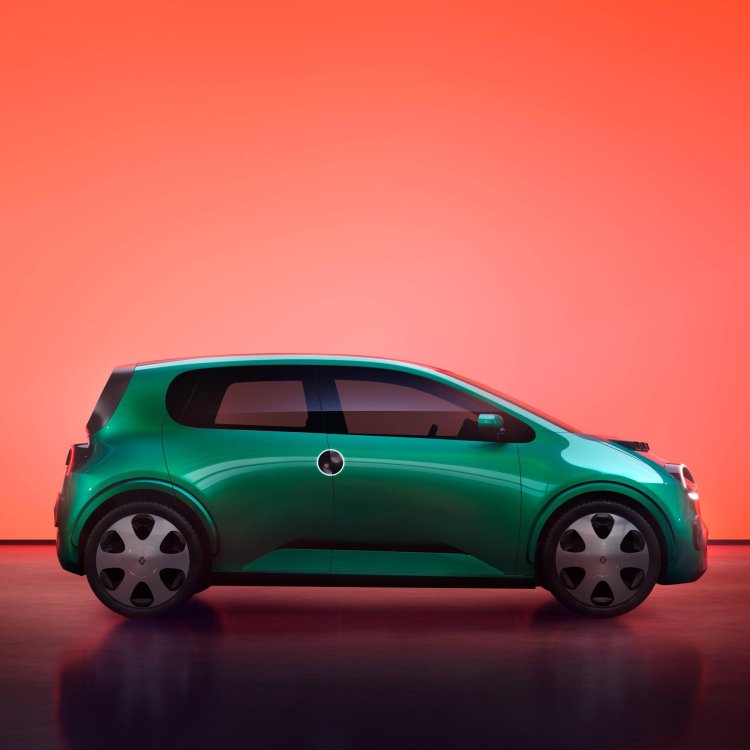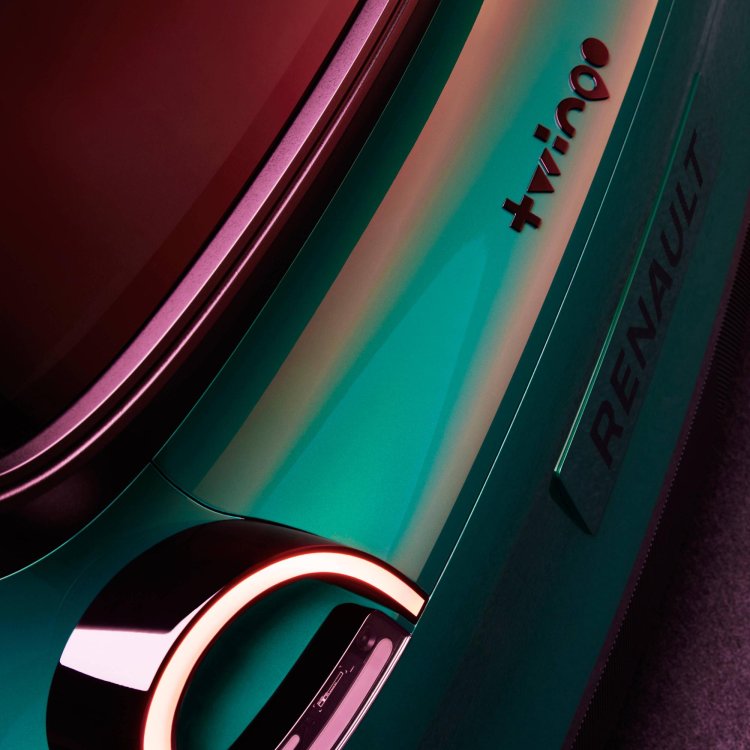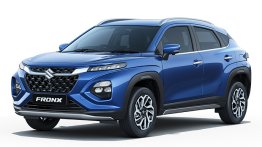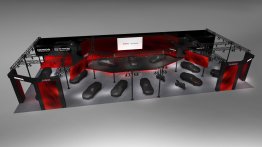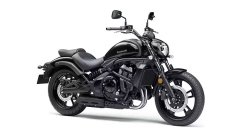The city electric car, known as the “Legend”, will be launched on the market from 2025 at an entry-level price of less than 20,000 euros (before deduction of possible subsidies).
Renault’s answer to affordable European electric cars is not (as with the current Dacia Spring) an import from China. The Renault Legend is to be built in Europe. According to Reuters, the vehicle will be produced at the Slovenian plant in Novo Mesto, where the current Twingo and its electric version already roll off the production line.
The French carmaking giant has only revealed a few details about the drive system and batteries of the small electric car. It is to be an “uncompromising city vehicle” that consumes 10 kWh/100 km. Ampere is planning seven electric models by 2031, of which around one million vehicles are to be produced annually. Ampere expects to achieve price parity with vehicles with combustion engines by 2027/2028 with the second generation of the Megane E-Tech Electric and Scenic E-Tech Electric, with margins remaining the same.
In the B segment, Ampere will launch the Renault 5 in 2024 at a starting price of around 25,000 euros, and the electric Scenic will also debut. The Renault 4 and the Legend will follow in 2025 for less than 20,000 euros. Two more second-generation vehicles are to be added to the model range by 2031.
The two electric platforms have also been renamed to emphasise Ampere’s independence. The CMF-EV (Common Modular Family) of the Renault-Nissan-Mitsubishi alliance for vehicles from the C-segment (such as the Renault Mégane E-Tech Electric) is now called AmpR Medium, while the CMF-B EV for electric vehicles from the B-segment (including the upcoming Renault 4) is now called AmpR Small.
The declared aim is to reduce variable costs by 40 per cent when switching from the current first to the upcoming second generation of electric cars in the C-segment (i.e. presumably with the second generation of the Mégane E-Tech Electric), for example, by reducing costs for the battery (by 50 per cent), the electric drive (25 per cent), the platform itself (also 25 per cent) and the body structure (15 per cent). In addition, greater operational efficiency should ensure 50 per cent lower manufacturing and supply chain costs. The focus is therefore clear: it is not just about software-defined electric cars, but also those at affordable prices for the customer and with an appropriate brand for the manufacturer.
